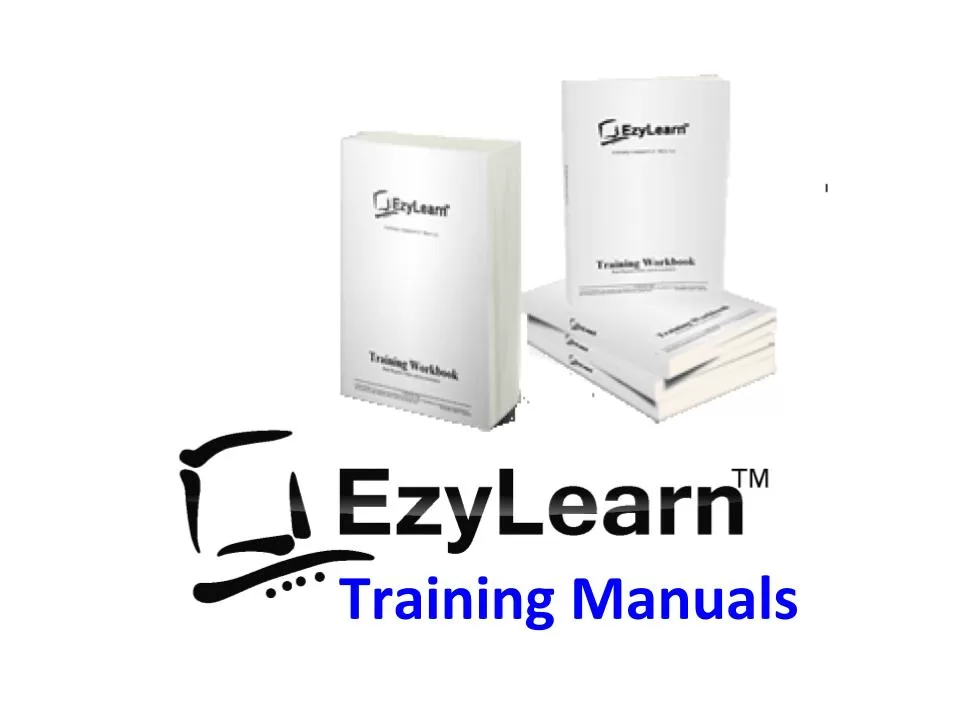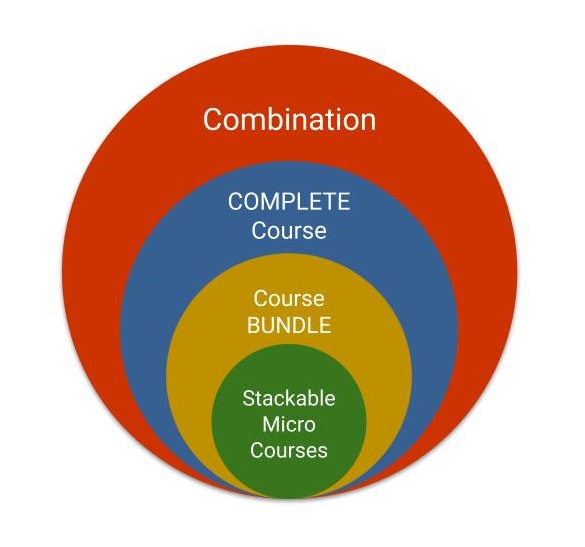Quarterly BAS based on Monthly Bank Statements

Our GST, Reporting & BAS Training Course builds on the Bank Reconciliation Course. It explores a full quarter worth of transactions using a case study which features a budding entrepreneur.

This business owner is Jerry and he has a messy startup. In these BAS Courses you’ll perform the bookkeeping data entry and financial reporting to help him make sense of all his transactions and make sure he is compliant with the ATO.
This case study shows you how to code many different transactions that often make GST and BAS reporting tricky for those new to bookkeeping; including:
- purchases which are GST-free,
- those which have partial GST, or are
- international payments.
Course Completion Time: 5 Hours
Varying GST Transactions
This training course includes capital (asset) purchases, such a buildings, vehicles, fixture and fittings are entered and how they are different from the “operating” expenses of running and maintaining a vehicle should be treated.
You’ll also learn about:
- expenses like entertainment;
- when FBT applies, and an
- introduction to Payroll where you’ll explore how various aspects of wages are treated in the BAS for closely held employees
BAS Report and PAYG Introduction

After correctly coding all of these transactions, we set up the Financial Settings of a Business with regard to the GST registration (Cash vs Accrual and quarterly vs monthly).
You run a BAS report, which is combined with our specially-designed “Ad Hoc Payroll” Excel spreadsheet case study calculations in order to work out the final liabilities.
For Micro & Small Businesses you can use other tools like Excel Spreadsheets to perform calculations of obligations like PAYG and then enter the transaction into your accounting software.
As you progress through this course you’ll see the results of the business owners ‘change of strategy’ and focus for the business. You’ll see what these financial results look like at the end of the quarter, as well as month-by-month comparisons of Profit and Loss and Balance Sheet reports.
Decisions Based on Financial Reports
At the end of the course you’ll explore how the business owner can use the information in the reports to change the direction of the business, as well as how he will be able to configure their software to obtain even better reports at the end of the next quarterly reporting period.
Apart from performing all of a businesses compliance requirements, decision making is one of the biggest reasons for business to maintain detailed records and use computerised accounting software.
Back to Short Courses in Xero, QuickBooks & MYOB AccountRight and MYOB Essentials






